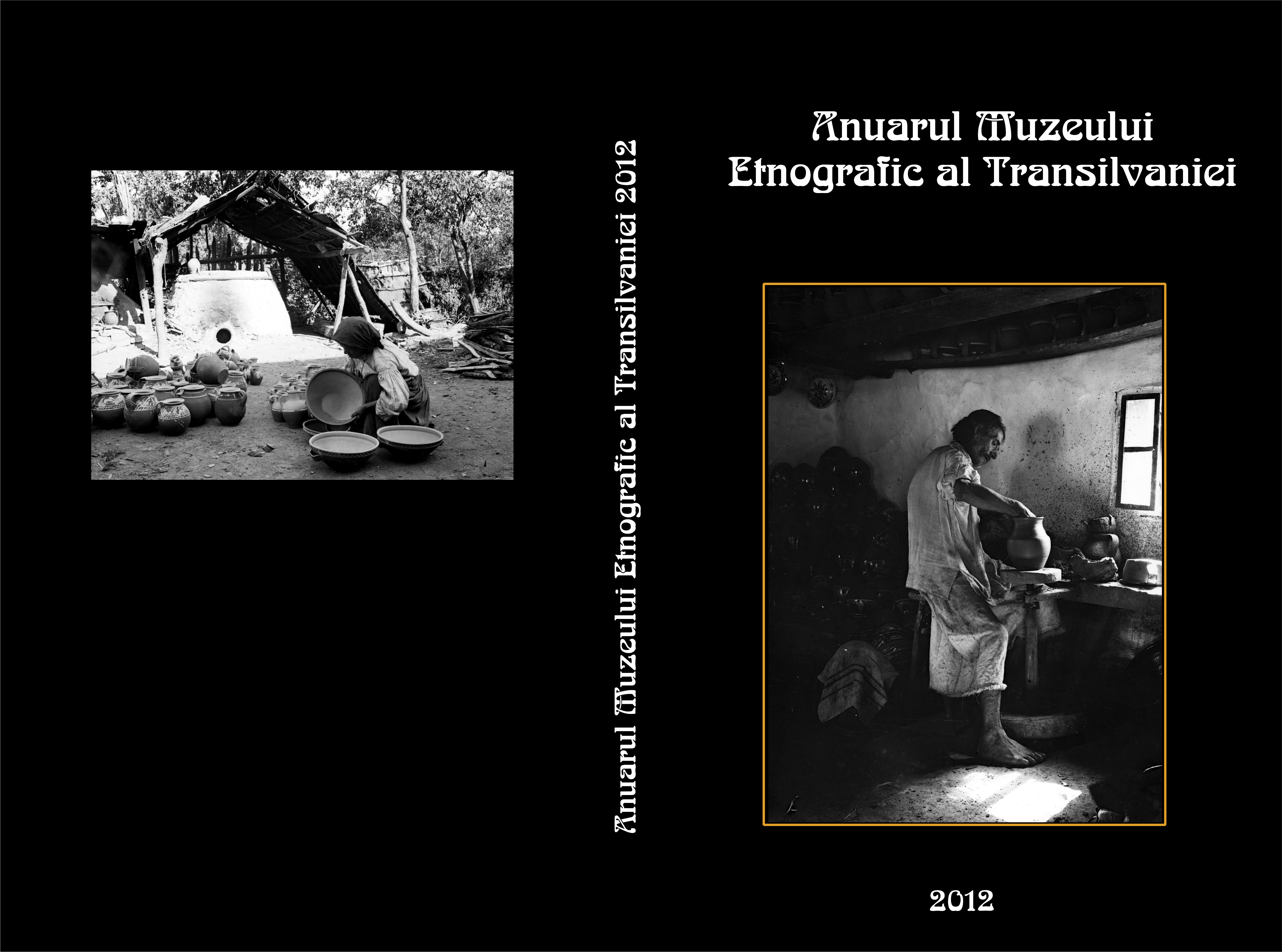FORME SI SEMNIFICAłII ALE UNUI RITUAL COREGRAFIC
POST-FUNERAR DIN VALEA DUNĂRII:
HORA DE POMANĂ
Forms and Significances of a Choreographic Post-Funeral Ritual in the Danube Valley : Hora de pomana
Author(s): Silvestru PetacSubject(s): Anthropology, Social Sciences, Customs / Folklore, Cultural Anthropology / Ethnology, Culture and social structure
Published by: MUZEUL ETNOGRAFIC AL TRANSILVANIEI
Keywords: ethnochoreology; traditional dance; death; post-funeral context; the dead’s wedding; horă; horă de pomană; symbol;
Summary/Abstract: The paper addresses a current funerary practice in the province of Oltenia (in southern Romania) as well as in some Balkan regions: celebrating the dead, especially the young, unmarried dead, through dancing, in the context of interference between choreutics (the Hora) and funerary ritology. Ethnological field researches conducted by the author on Hora de pomana have highlighted three forms under which this ritual is being carried out. One of them,more contracted, met in village Băbiciu, Stoenesti, adds visibility to the symbolic valences dance has. The second form, met in villages Poiana Mare and Desa, differs from the first by means of presence of the fir-tree, danced in the hora by he who substitutes the presence of the dead himself, and by a slight growth of the structure. A third form, met in Ursa, uncovers the bond which this ritual has with the wedding of the dead. In all of these villages, Horele de pomană took place on Sundays and on Easter’s Mondays, the time of performance influencing a great deal the synthesis between archaic significances of the ritual, and the liturgical Christian ones.
Journal: Anuarul Muzeului Etnografic al Transilvaniei
- Issue Year: 2012
- Issue No: 6
- Page Range: 99-110
- Page Count: 12
- Language: Romanian
- Content File-PDF

